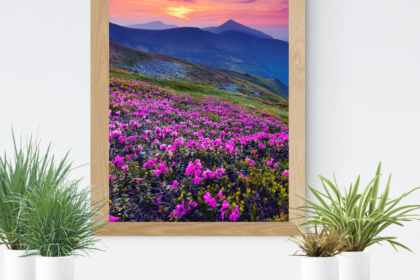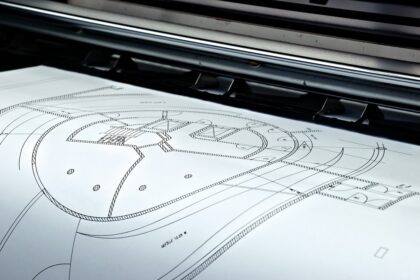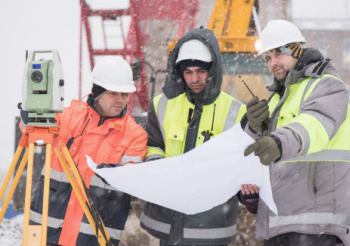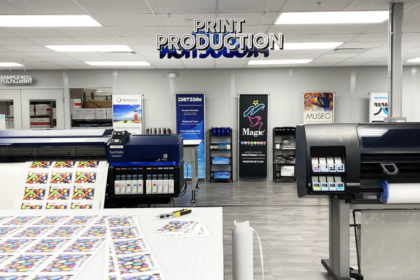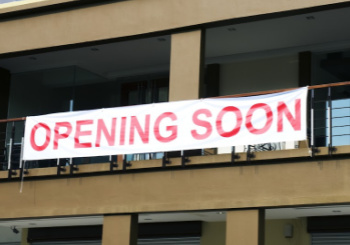Many wide-format inkjet printers designed for in-office printing of drawings and documents can also be used to print temporary indoor signs and banners. Before buying materials to print your own signs, you not only need to know where and how the sign will be displayed, but also what type of ink your printer uses and what types of materials it can handle.
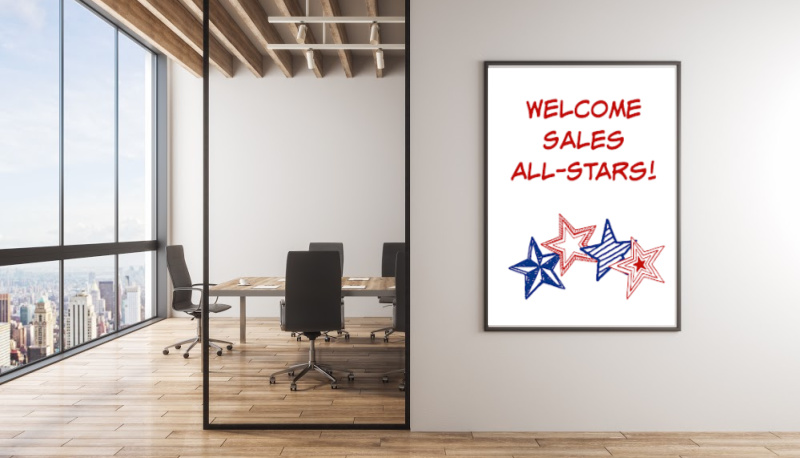
Here are some factors to consider:
Where will the printed sign or banner be displayed?
Knowing the conditions in which your signs will be viewed can help choose the right printing materials and finishing techniques.
Will it be framed on a meeting room wall? Displayed in or near a window? Installed in a lightbox? Hung on a chain-link fence? Posted as a yard sign? Draped over a table? Wrapped around a column? Rolled up from a portable banner stand? Adhered to a table, wall, window, or floor?
Will the sign be viewed under fluorescent lights? On a trade-show flow? Behind glass? Will it be subject to wind? Humidity? Unfiltered sunlight?
How long will the sign or banner be displayed?
If the signs and posters only need to last a few days, save money by choosing coated or heavyweight papers.
Will the poster or sign be re-used in the future?
If so, choose tear-resistant banner materials that can withstand repeated handling and storage.
How big is the space in which it will be displayed?
Scope out the surroundings in which your sign or banner will be displayed. You don’t want to make a banner that is too small to be noticed in a big room. Nor do you want the sign or banner to be too big to hang in the space.
How will you recycle the printed sign?
If so, consider a banner material that is easier to recycle than PVC vinyl. Fabric, paper, polypropylene, and synthetic paper (such as Tyvek) are good options, depending on how long the printed graphic will be displayed and where.
From what distance will the signs be viewed?
If a banner or poster is likely to be viewed up-close, choose a smooth, bright white banner material that reproduces colors and details well. The smoothness of the banner material won’t matter as much if the banner will hang from the ceiling or be glimpsed briefly from afar.
Does the design include photographs or detailed graphics?
Consider using an economical everyday photo paper to print your indoor sign. The ink-receptive coating on photo papers enables them to handle heavier densities of ink than documents that include only text or line drawings.
How will the banner be finished?
Some sign and banner materials might not be suitable for grommeting or sewing. If so, check out sign-finishing options that don’t require punching holes in the material. For example, you could use adhesive banner tabs, mount the sign on a rigid substrate, or display the sign in a banner stand. Mounted signs will require self-adhesive sign materials. Signs displayed in banner stands look best if the graphics are produced on stay-flat polyester or polypropylene films.
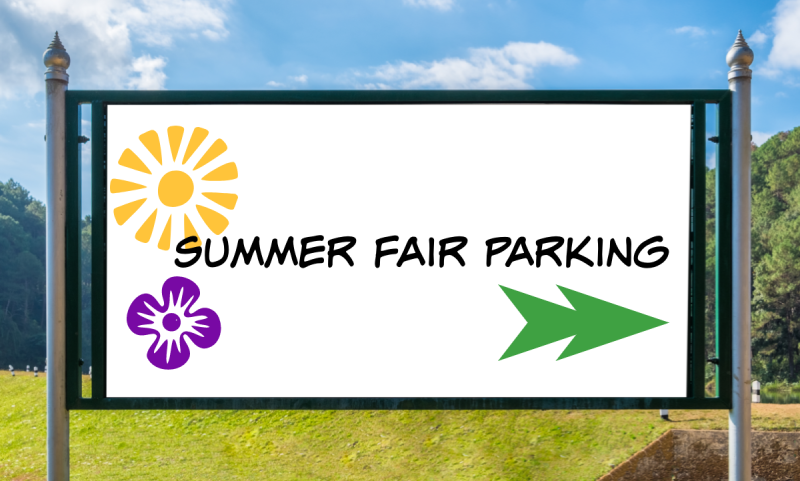
Can Your Printer Handle the Job?
Most newer models of in-office wide-format inkjet printers from Canon, Epson, and HP can be used to print simple signs for indoor or short-term outdoor use. That’s because the newest CAD/office/technical printers from Canon and Epson printers all use aqueous pigment inks.
But if you are using an older model Canon and HP CAD/technical printers or some new HP DesignJet technical printers, the printer might be using aqueous dye inks.
If the colors in your printer’s inks are created with dyes instead of pigments, unlaminated prints won’t be able to tolerate much exposure to humidity, rain, or direct sunlight. Poster frames or laminating films with UV-filters may be able to provide sufficient protection for short-term window displays or outdoor signs. But there are no guarantees.
Aqueous pigment inks printed on weather-resistant materials are much more resistant to UV-light, water, and humidity than dye inks. Even so, laminating may still be required to protect longer-term outdoor signs from abrasion and pollutants.
Another printer spec to consider is the type and thickness of material it can handle. Newer in-office CAD/technical printers can handle a variety of sign and banner materials up to 31 mils thick. Older model HP Designjets (500, 800, 1000, 5000) were designed to handle materials up to 9 mils thick. If your printer can’t handle thicker materials, you may not be able to use popular banner materials or adhesive-backed vinyls used to make mounted signs. The vinyl itself may only be 5 or 6 mils thick, but the 6 or 7-mil protective release liner on the back of the unprinted vinyl may mean that you printer must be able to handle materials more than 12 mils thick.
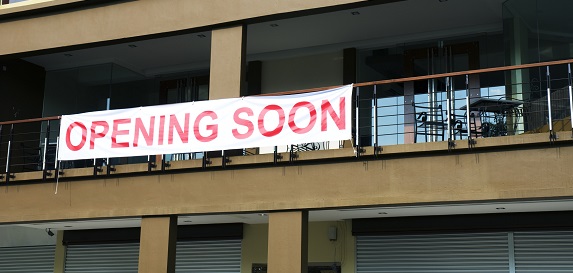
On the Freedom Paper website, you can choose from a variety of materials for many different types of wide-format inkjet printers (including older wide-format technical printers).
If you aren’t sure whether a specific product will work with the type of printer you use, chat with us online or call us at 866-310-3335.
FOR MORE INFORMATION


